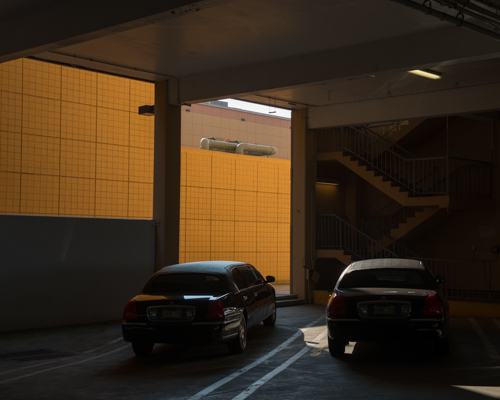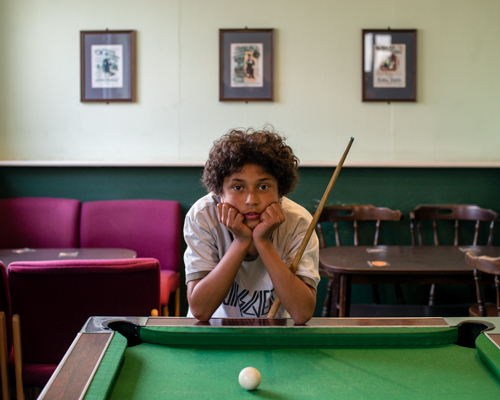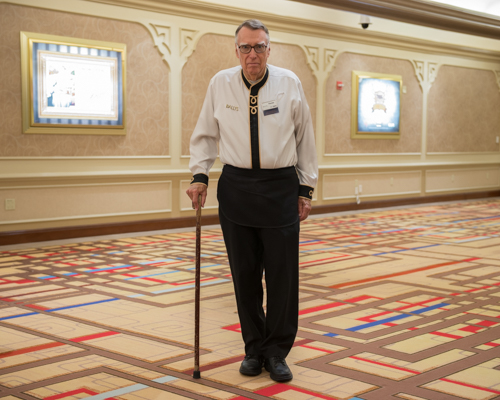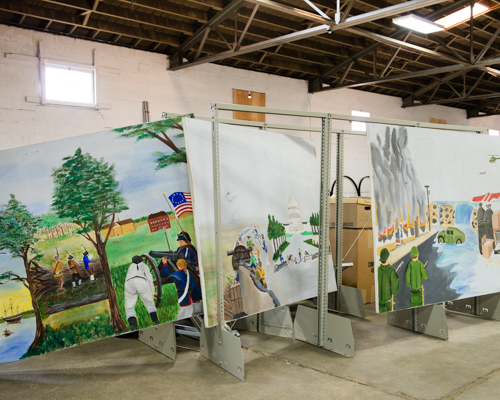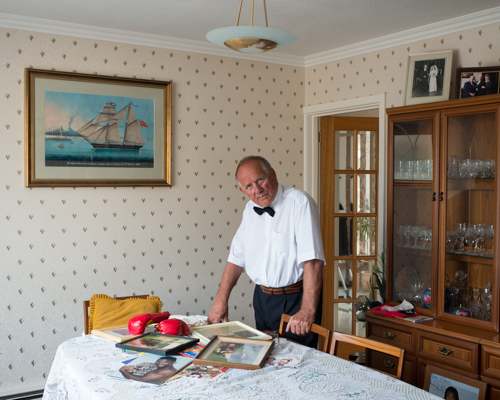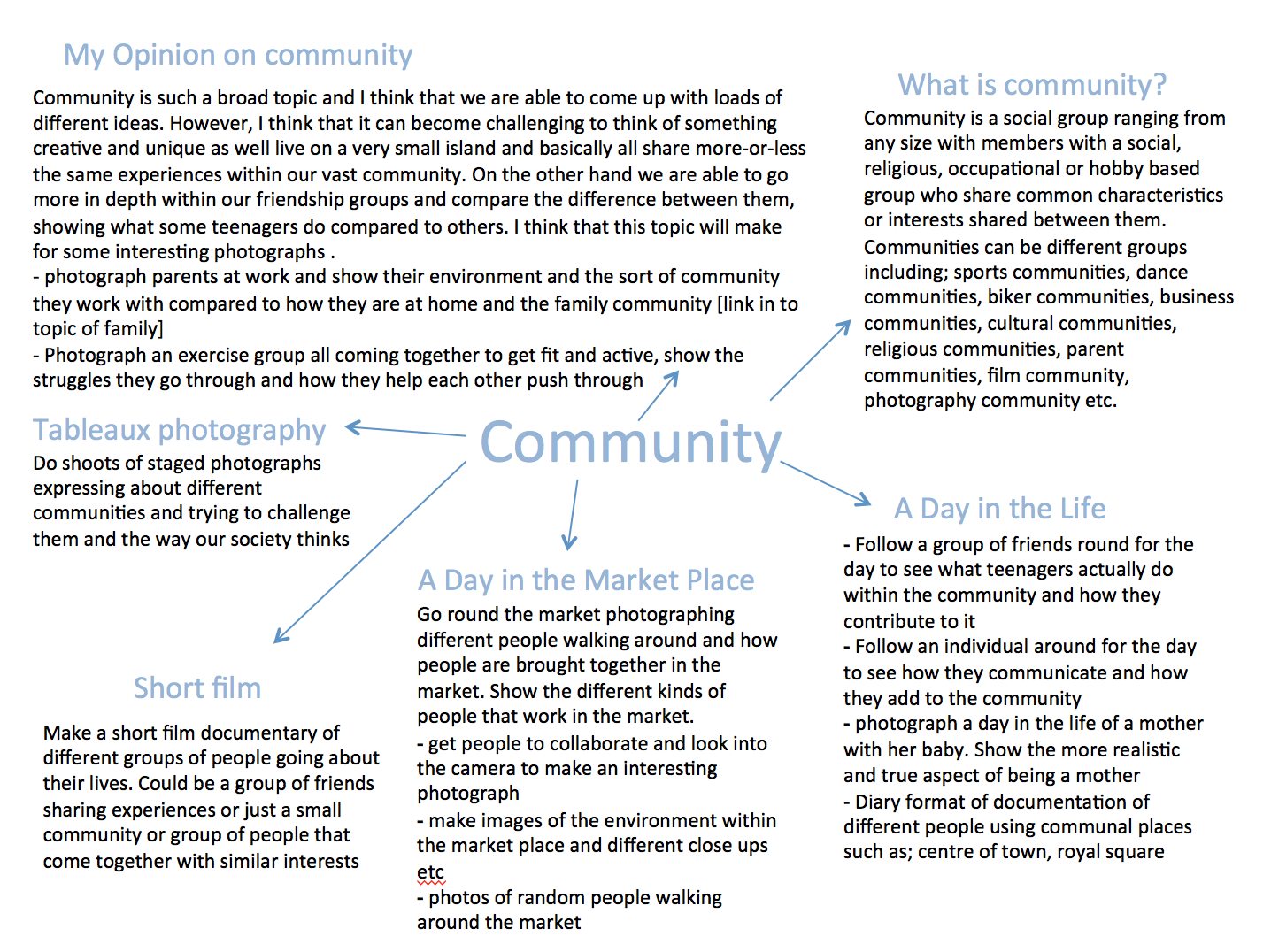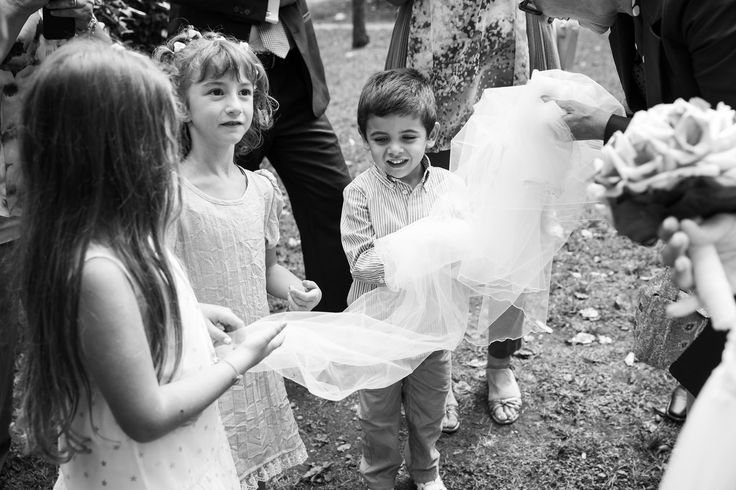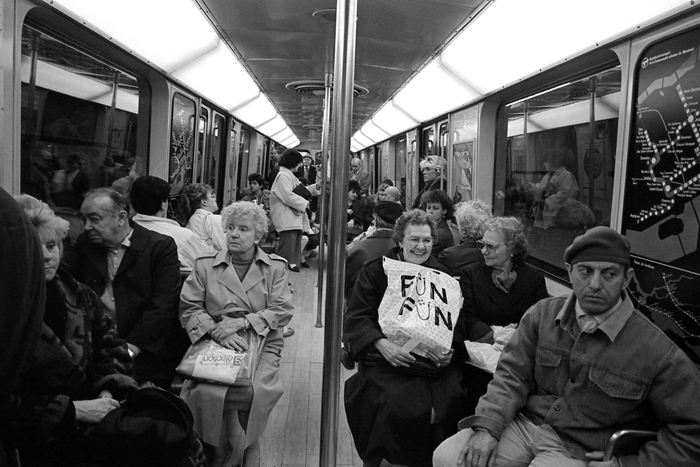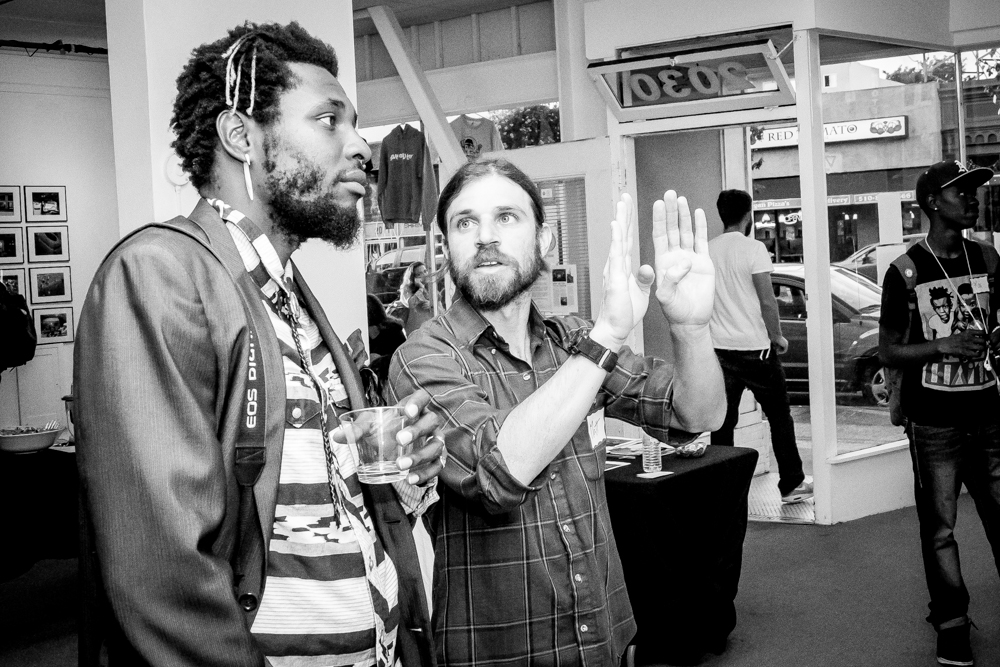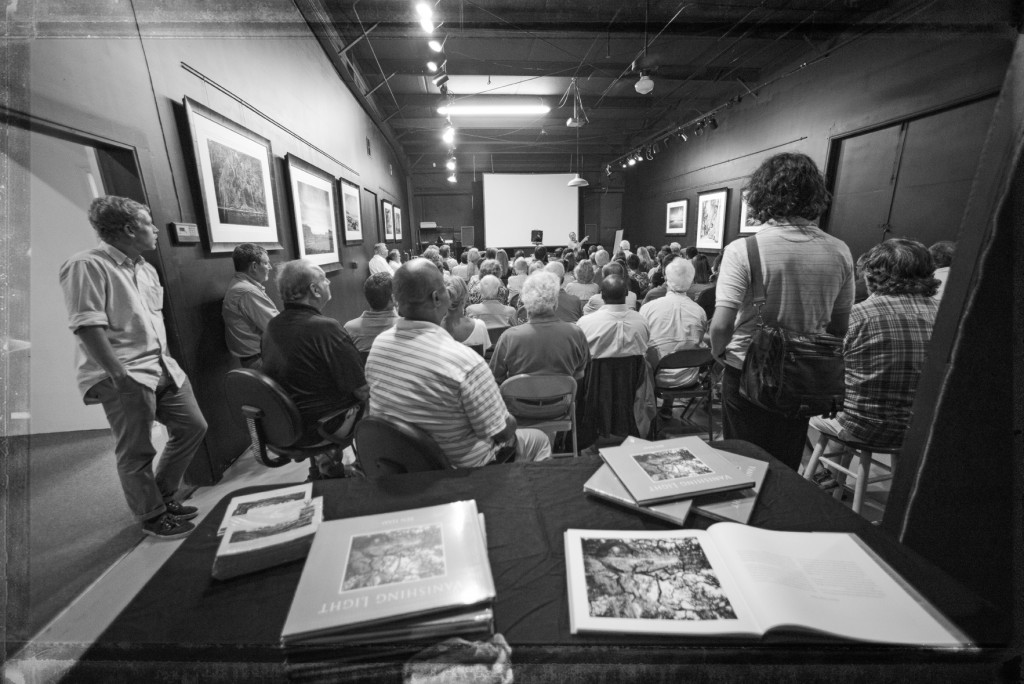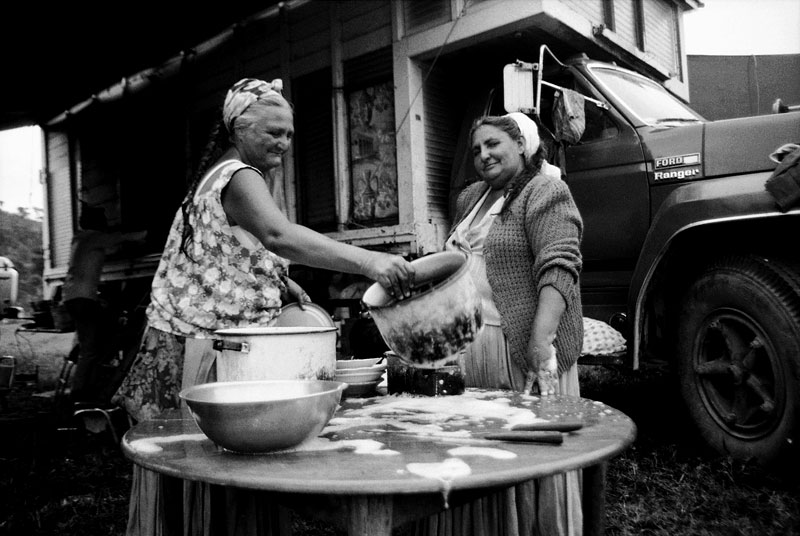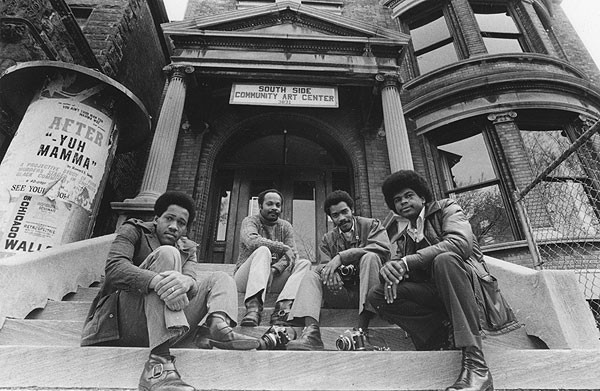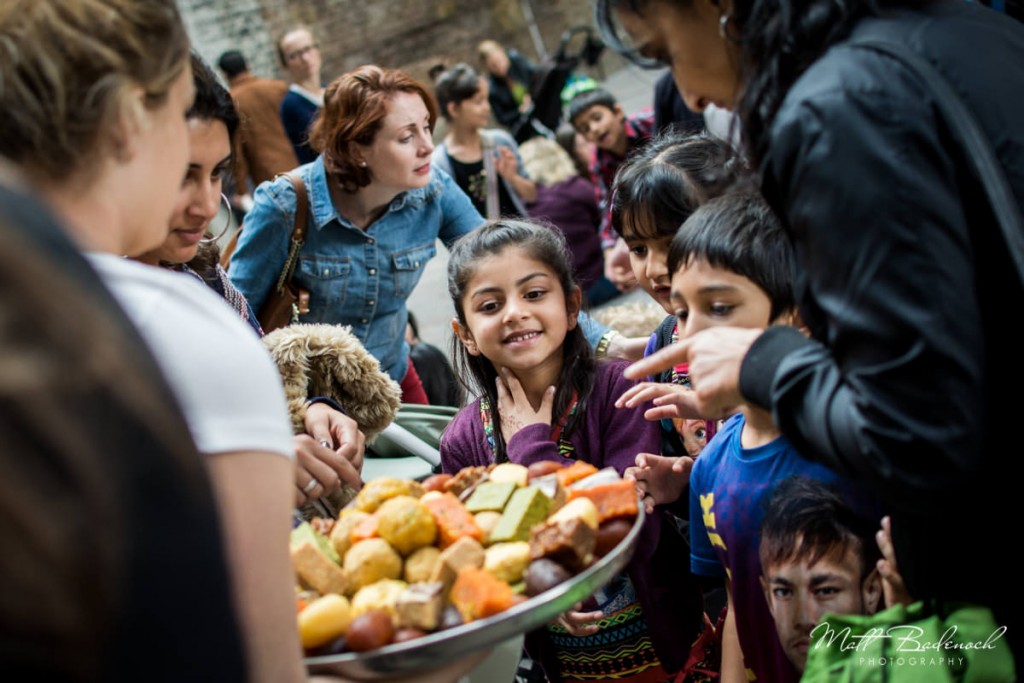Background
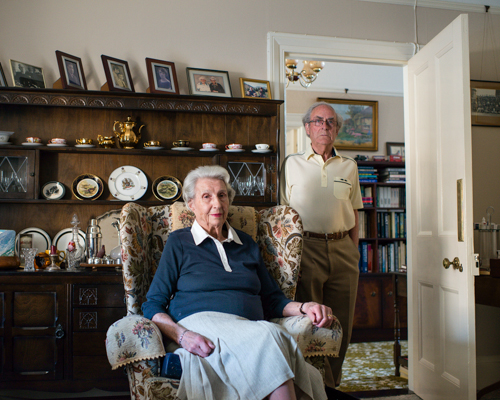
‘Atlantus’ is a photography project completed this year by Martin Toft – in association with The Archilse Comtemporary Photography Project – set up by Gareth Syvret at the Societe Jersai Photographic Archives. The project explores the relationship between Jersey in the Channel Islands and the State of New Jersey in America.
In 1664, Jerseyman Sir George Carteret, a royalist statesman was offered Land in the American Colonies by King Charles II, in recognition for the Island’s loyalty to the Royalists during the English Civil War. The territory given to Carteret was named ‘New Amsterdam’, which Carteret re-named ‘New Jersey’, in honour of his Birthplace. This territory later became known as the State of New Jersey after American independence from the British Empire in 1776.
After discovering that the Societere Jersai had virtually no photographic or written historical archives concerning New Jersey nor the relationship between Jersey and New Jersey, Toft therefore decided to make a photographic response exploring the connection. Along with Gareth Syvret and the team at Archilse, Toft embarked on a large 18 month photography project. The project explored both the historical as well as cultural links between these two places.
The finished project was made into a multi-functional newspaper edition, linked together on an exhibition display and shown as a visual story, of which 3,000 copies have been made. There are 5 different stories within ‘Atlantus’, which make up 5 different newspapers to complete the series. ‘Atlantus’ explores the connections shared between the communities of Jersey and New Jersey, historically, politically and socially. The choice of locations were the West Coast of Jersey and the East Coast of New Jersey, a poetic gesture as these two locations Geographically face one another, a therefore the photos of ‘Atlantus’ metaphorically builds a bridge which connects the two distant lands together.
The photographs taken by Toft over the course of the project goes to tell a story. Toft in doing so, uses many forms of narrative techniques to tell this story. Toft uses historical events and archival images over the course of the project as a way of creating a common connections, then explored in greater detail through the documentation of his own photographs. ‘Atlantus’ is body of work related to the genre of documentary photography but incorporates many different sub-categories of this, including ‘still-lifes’, ‘formal portraits/tableaux’, as well as classic documentary photography.
